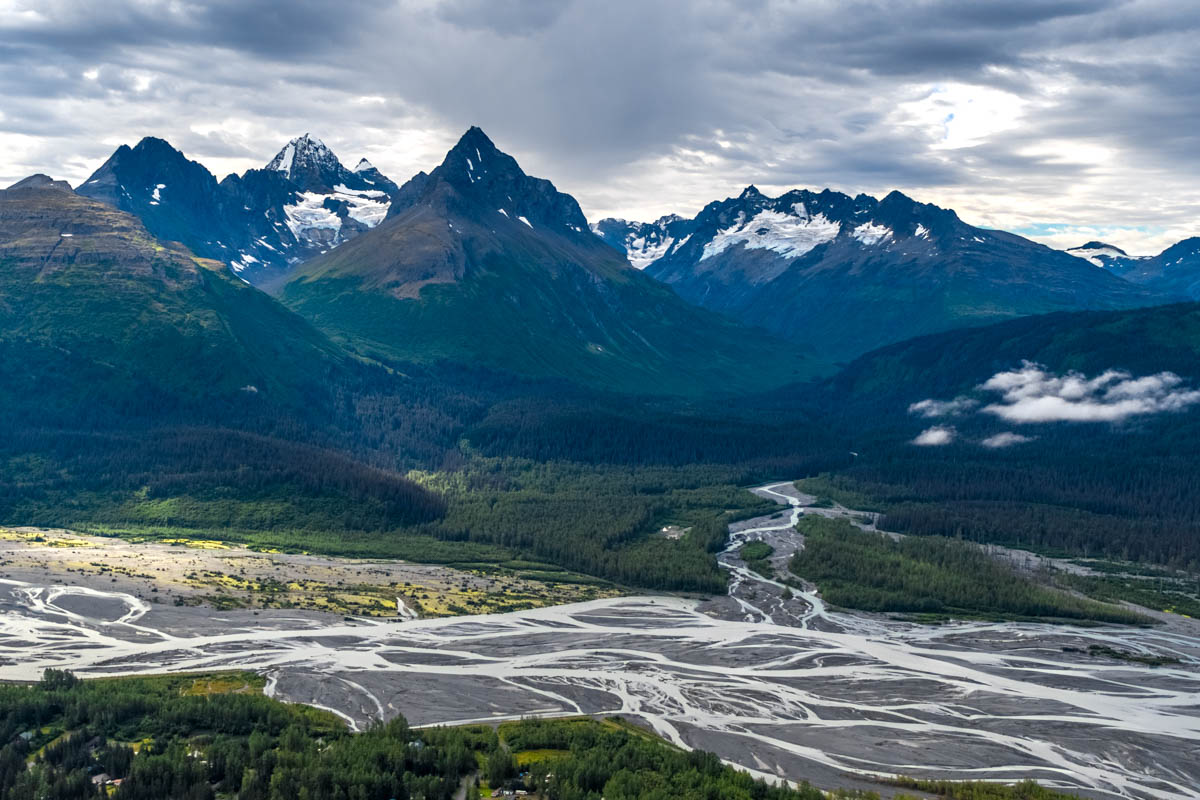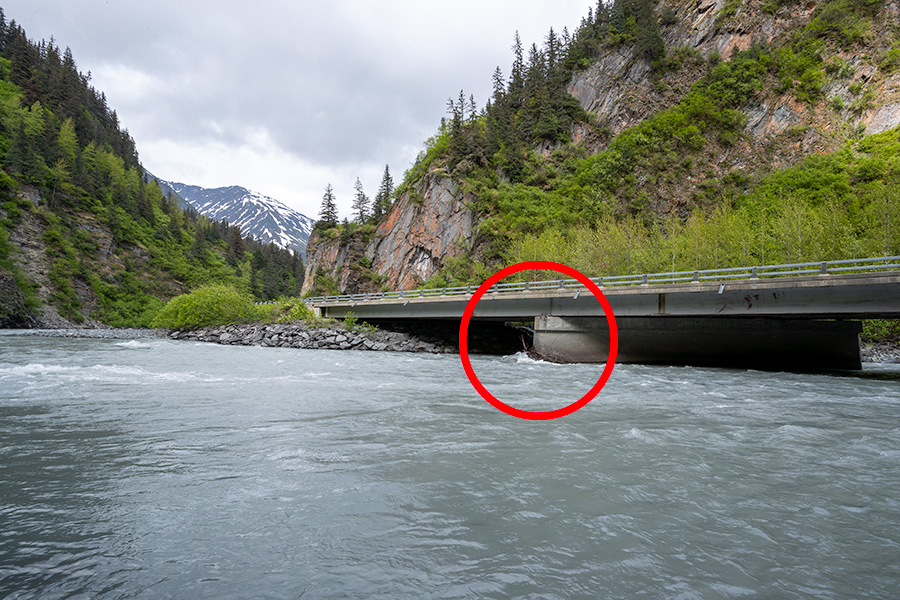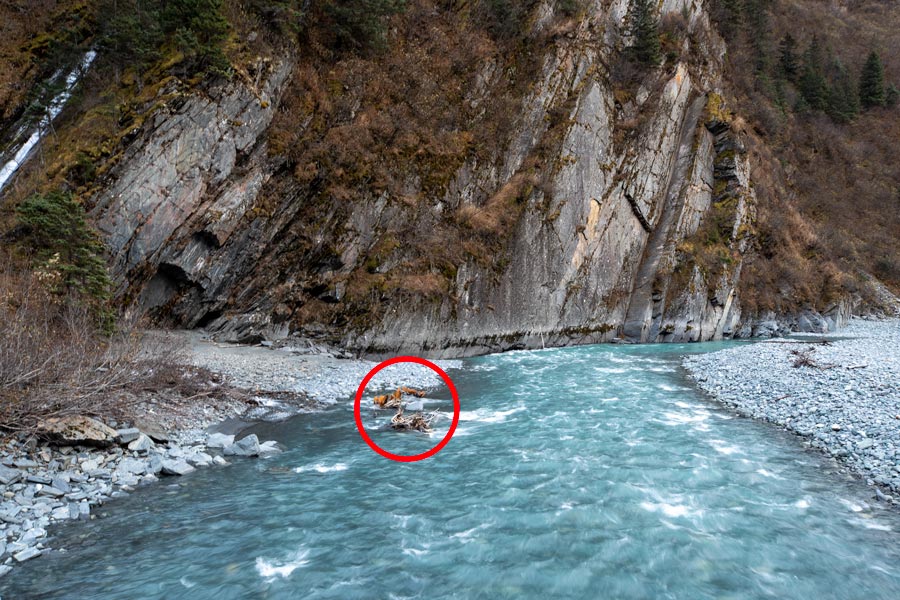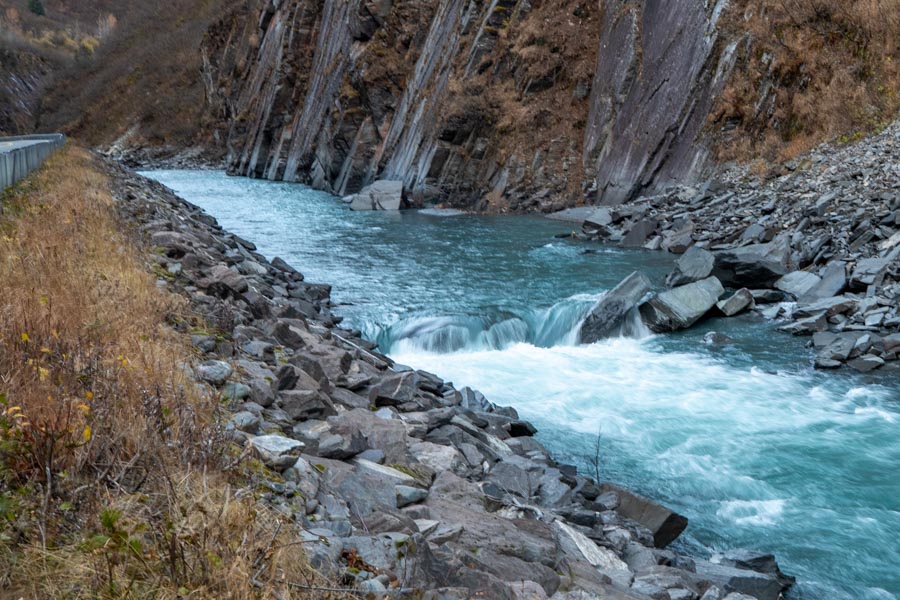Lowe River
The Lowe, named by Captain W. R. Abercrombie, in 1898, for Lieutenant Percival G. Lowe, a member of his exploring party, is a river begins one the west end of Marshall Pass on the south side of Thompson Pass and extends 28 miles to Port Valdez. Much of the Lowe River is Class II except while passing through Keystone Canyon where it is Class III.
Lowe River is fed by over a dozen glaciers giving the water the typical chalky grey look as glacier silt is picked up by the glacier melt and carried a couple miles into Port Valdez before being pushed down by the warmer denser salt water. The Lowe isn't ideal for fishing as most salmon traveling the Lowe head to spawning grounds that can only support a small population.
Throughout the year moose, coyotes, bears, bald eagles, swans, and a large variety of ducks and gulls can be found along the Lowe River.
Pangaea offers river rafting tours on the Lowe River through Keystone Canyon.



